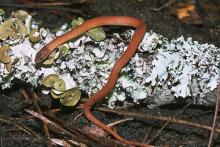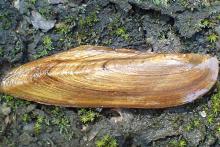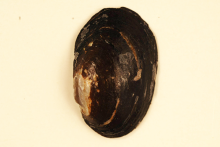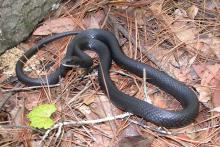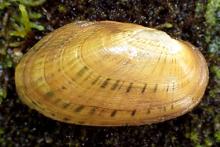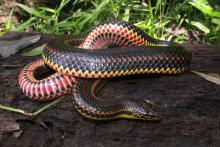
Pine Barrens Treefrog
Scientific Names: Hyla andersonii
Classification: Nongame species; State-listed as Threatened; N.C. Natural Heritage Program-Significantly Rare. Official State Frog of NC.
Range: Pine forests, sandhills of south-central NC (blue)
Photo Credit: Jeff Hall

